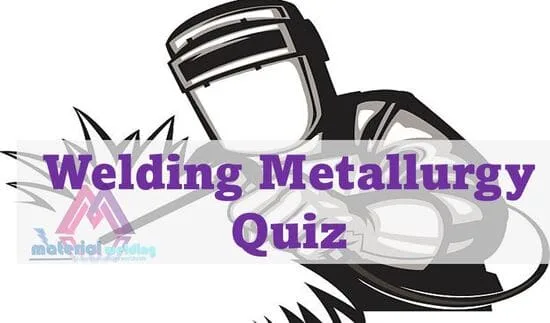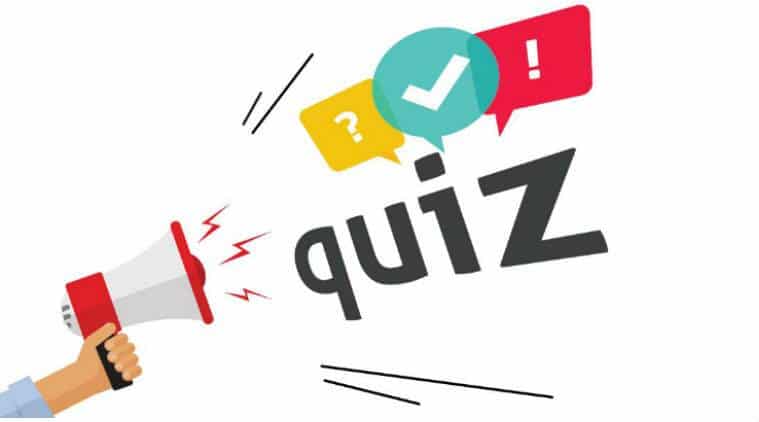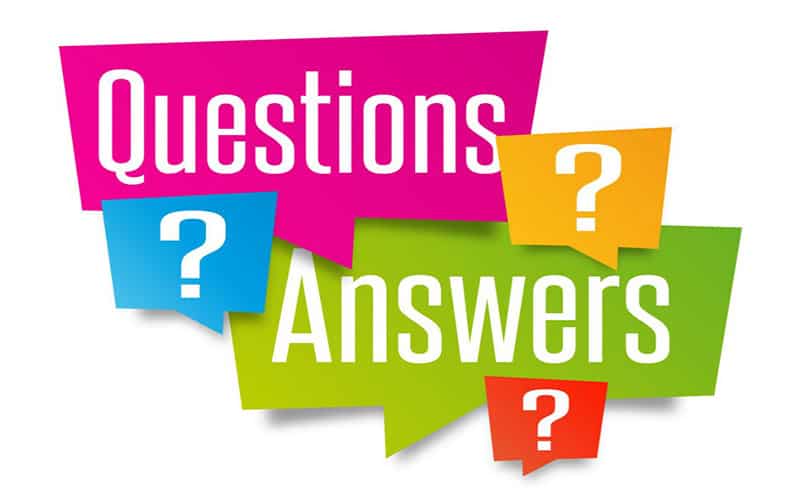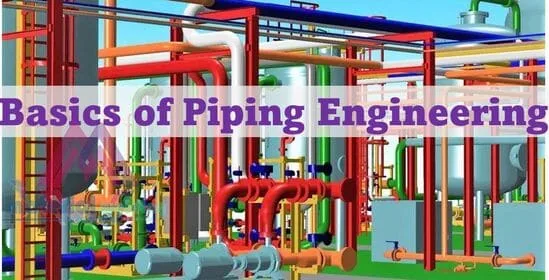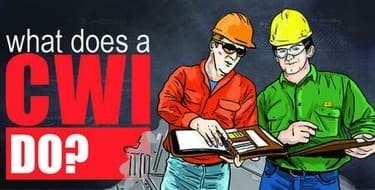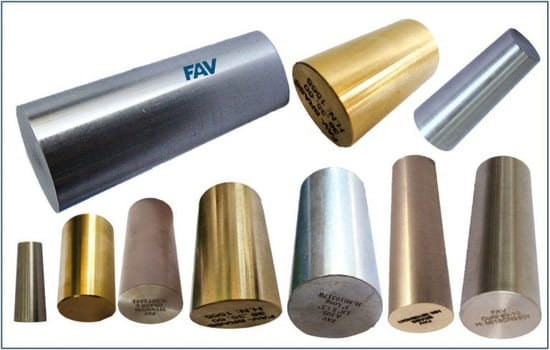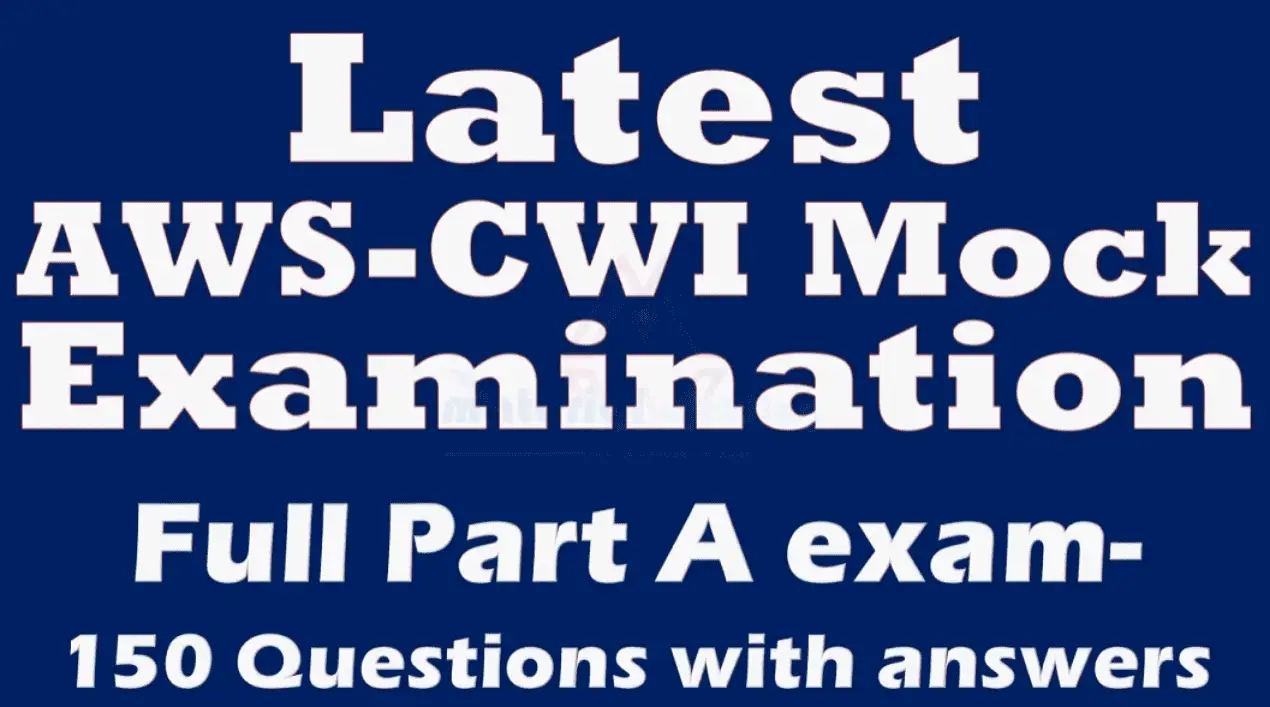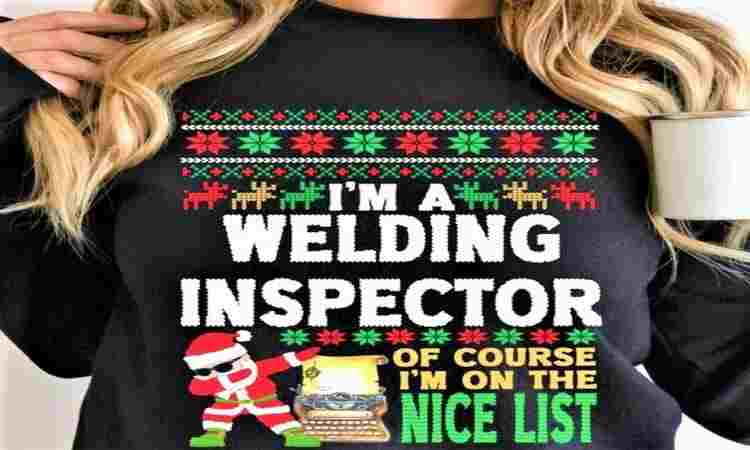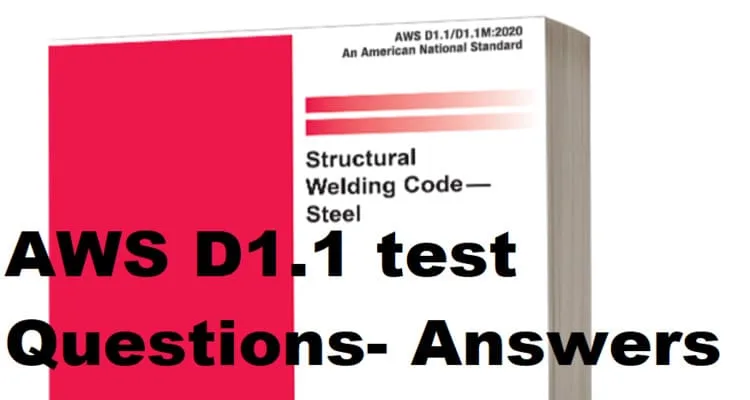Piping Welding Inspector Interview Question
If you’re an aspiring piping welding inspector, then you know how crucial it is to pass the interview stage. To succeed in your career, you must demonstrate extensive knowledge and expertise in the field of piping welding inspection. However, with so many possible questions that may arise during an interview, it can be difficult to determine what specific topics to study.
That’s why I’ve compiled a comprehensive list of 20 piping welding inspector interview questions that cover everything from basic concepts to advanced techniques. By reading this post, you’ll gain valuable insights into what employers are looking for in a piping welding inspector and learn how to prepare for any question that may come your way. So let’s go through it!
Question 1: What qualifications do you have as a Piping Welding Inspector?
As a Piping Welding Inspector, I have several qualifications, including a certification in API 570 (from American Petroleum Institute), Welding Inspector from the American Welding Society (such as AWS-CWI), as well as a certification in Non-Destructive Testing (NDT) techniques, such as radiography (RT), ultrasonic testing (UT), liquid penetrant (PT) and magnetic particle inspection (MT).
Question 2: What experience do you have in the field of Piping Welding Inspection?
I have worked as a Piping Welding Inspector for over 10 years (or specify your experience) and have experience in various industries, including oil and gas, petrochemical, and power generation. I have inspected piping systems in all stages of construction, from fabrication to installation and commissioning.
Question 3: What types of welding defects are you looking for during inspections?
As a Piping Welding Inspector, I am looking for a variety of welding defects, including porosity, lack of fusion, cracks, and incomplete penetration. I also check for any dimensional and alignment issues with the piping. I verify the piping materials such as pipes, flanges, fittings are as per drawing for required size, schedule and rating.
Question 4: How do you ensure that the welding procedures are being followed correctly?
I review the welding procedures before the welding begins to ensure that they are in compliance with the applicable codes and standards. I also check that WPS are according to the approval weld plan. During the welding process, I monitor the welding parameters, such as current and voltage, and ensure that the welders are following the procedure correctly.
Question 5: How do you ensure that the welders are qualified?
I verify that the welders have the appropriate certifications (such as ASME Section IX or ISO 9606-1) and that their qualifications are up to date. I also review their welding logs and perform periodic tests to ensure that their welding skills are adequate.
Question 6: How do you handle disagreements with welders or other contractors on the job site?
I first try to resolve any disagreements through communication and collaboration. If a resolution cannot be reached, I bring in the appropriate parties, such as supervisors or project managers, to help resolve the issue.
Question 7: How do you prioritize your inspections when you have multiple projects to oversee?
I prioritize my inspections based on the criticality of the piping systems being inspected and the construction schedule. I also work closely with production engineers & project managers to ensure that my inspections align with the overall project timeline.
Question 8: How do you ensure that the welds are properly identified and traceable?
I ensure that each weld is properly marked with a unique identification number and that all relevant information, such as the welder’s identity and the welding procedure used, is recorded. This information is then used to create a welding map or matrix, which allows for easy tracking and identification of each weld.
Question 9: What types of NDT methods do you use during inspections?
I use a variety of NDT methods, including radiography, ultrasonic testing, magnetic particle inspection, and visual inspection. The choice of method depends on the type of material being welded, the location of the weld, and the level of defect sensitivity required.
Question 10: How do you ensure that NDT methods are being performed correctly?
I ensure that the NDT technicians performing the inspections are properly certified and trained. I also review their reports and verify that the NDT equipment used is properly calibrated.
Question 11: How do you ensure that safety protocols are being followed during inspections?
I ensure that all personnel on the job site are following the appropriate safety protocols, including wearing the required personal protective equipment and following the safety procedures outlined in the project safety plan.
Question 12: How do you stay up to date with the latest codes and standards related to Piping Welding Inspection?
I regularly attend training courses and seminars related to Piping Welding Inspection and stay up to date with the latest codes and standards issued by organizations such as the American Society of Mechanical Engineers and the American Petroleum Institute.
Question 13: What types of documents do you review during inspections?
I review a variety of documents, including welding procedures, material test reports, and construction drawings. I also review any relevant codes and standards, project specifications, and welding logs to ensure that all work is being performed in compliance with the applicable requirements.
Question 14: How do you communicate inspection findings to project managers and other stakeholders?
I communicate inspection findings in a clear and concise manner, using industry-standard terminology and terminology familiar to the stakeholders. I also provide recommendations for corrective actions, if necessary, and work with the project team to ensure that any necessary repairs or modifications are completed in a timely manner.
Question 15: How do you ensure that the piping systems are ready for commissioning after inspection?
I work closely with the project team to ensure that all necessary repairs and modifications are completed and that the piping systems are properly cleaned and flushed prior to commissioning. I also perform a final inspection to verify that all welding and NDT requirements have been met.
Question 16: How do you ensure that the piping systems are properly documented after inspection?
I ensure that all inspection reports and other relevant documentation, such as welding maps and NDT reports, are properly archived and easily accessible. I also work with the project team to ensure that all required documentation, such as material test reports and fabrication drawings, are available for future reference.
Question 17: What steps do you take to ensure that the inspection process is efficient and effective?
I use a systematic approach to inspection, focusing on the critical aspects of the piping systems and ensuring that all required inspections are performed in a timely and efficient manner. I also work closely with the project team to identify any potential issues and proactively address them before they become problems.
Question 18: How do you handle unexpected situations during inspections?
I remain calm and focused and use my experience and training to address unexpected situations in a professional and efficient manner. I also communicate any issues or concerns to the project team and work collaboratively to find solutions.
Question 19: How do you ensure that the quality of the welds meets the project requirements?
I use a combination of visual inspection, NDT methods, and welder qualification testing to ensure that the quality of the welds meets the project requirements. I also review the welding procedures and work with the welders to address any issues or concerns that may arise.
Question 20: What do you consider to be the most important qualities for a Piping Welding Inspector?
The most important qualities for a Piping Welding Inspector include attention to detail, strong communication skills, and a thorough understanding of welding codes and standards. It is also important to be able to work collaboratively with the project team and to remain calm and focused under pressure.
